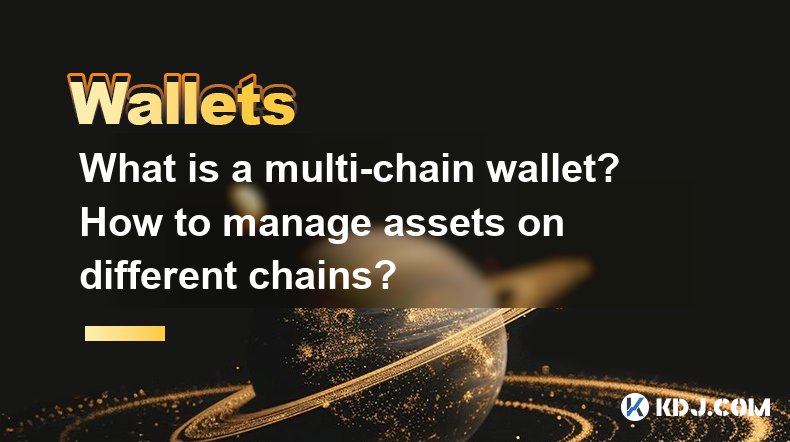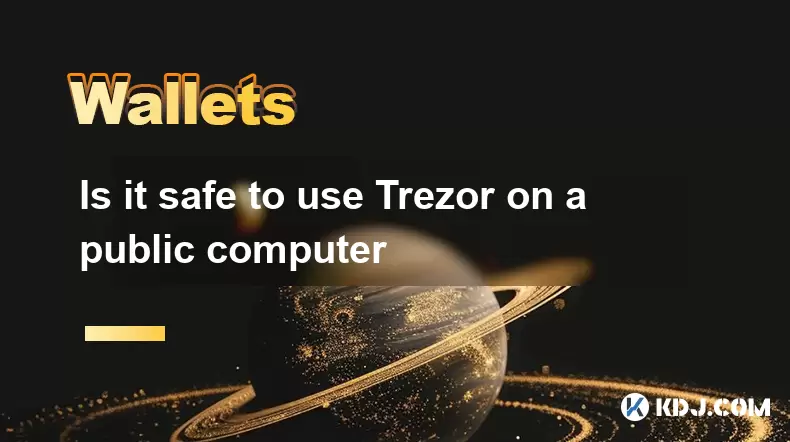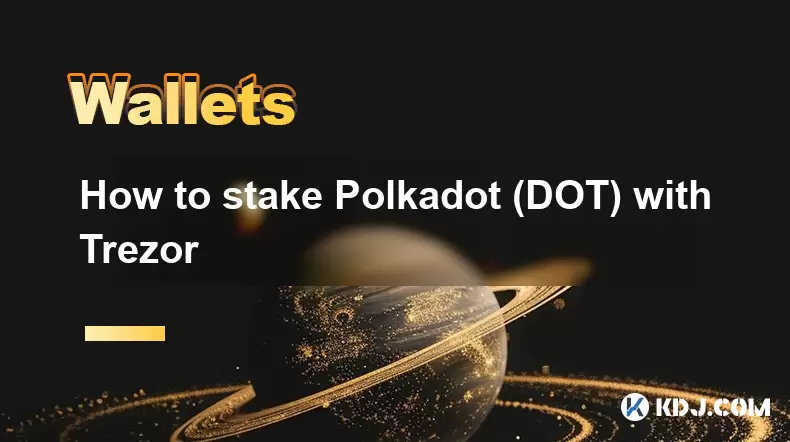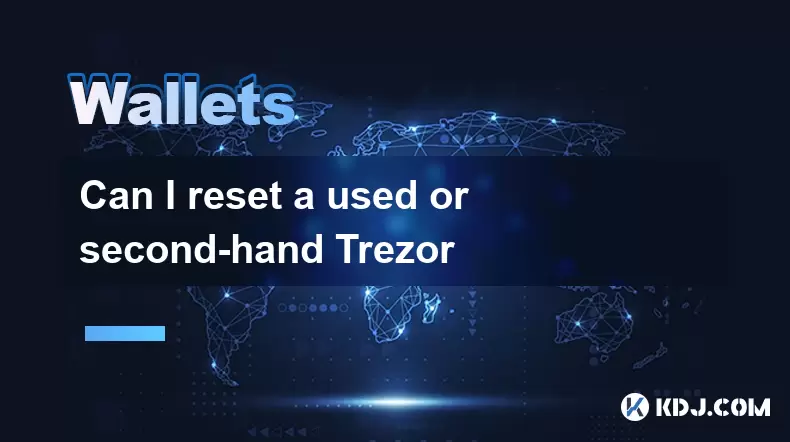-
 Bitcoin
Bitcoin $109,507.9823
0.43% -
 Ethereum
Ethereum $2,716.0274
3.79% -
 Tether USDt
Tether USDt $1.0003
-0.01% -
 XRP
XRP $2.3859
3.05% -
 BNB
BNB $665.2705
0.56% -
 Solana
Solana $154.6874
1.56% -
 USDC
USDC $1.0002
0.02% -
 TRON
TRON $0.2896
1.05% -
 Dogecoin
Dogecoin $0.1738
1.67% -
 Cardano
Cardano $0.6117
3.72% -
 Hyperliquid
Hyperliquid $40.3052
3.82% -
 Sui
Sui $2.9817
2.08% -
 Bitcoin Cash
Bitcoin Cash $505.0944
0.71% -
 Chainlink
Chainlink $14.0820
1.96% -
 Stellar
Stellar $0.2902
12.90% -
 UNUS SED LEO
UNUS SED LEO $9.0423
-0.34% -
 Avalanche
Avalanche $18.7084
1.54% -
 Hedera
Hedera $0.1714
6.33% -
 Shiba Inu
Shiba Inu $0.0...01218
2.48% -
 Toncoin
Toncoin $2.8261
1.24% -
 Litecoin
Litecoin $88.8228
1.59% -
 Monero
Monero $319.1344
2.71% -
 Polkadot
Polkadot $3.5479
2.69% -
 Dai
Dai $1.0001
0.00% -
 Ethena USDe
Ethena USDe $1.0010
0.06% -
 Uniswap
Uniswap $8.2690
6.49% -
 Bitget Token
Bitget Token $4.3622
1.19% -
 Aave
Aave $298.5989
2.11% -
 Pepe
Pepe $0.0...01042
1.97% -
 Pi
Pi $0.4663
1.15%
What is a multi-chain wallet? How to manage assets on different chains?
Multi-chain wallets support multiple blockchains, allowing users to manage various cryptocurrencies from one interface, enhancing asset management and user experience.
Apr 21, 2025 at 01:56 am

A multi-chain wallet is a type of cryptocurrency wallet that supports multiple blockchain networks, allowing users to manage, store, and transact with various cryptocurrencies and tokens across different blockchains from a single interface. This functionality is particularly useful in the increasingly diverse and interconnected world of cryptocurrencies, where different projects and assets are built on different blockchain platforms.
Understanding Multi-Chain Wallets
Multi-chain wallets are designed to provide a seamless experience for users who hold assets on multiple blockchains. These wallets typically support popular blockchains such as Ethereum, Bitcoin, Binance Smart Chain, and others. By integrating with multiple networks, these wallets enable users to switch between different blockchains without needing to use separate wallets for each one. This not only simplifies asset management but also enhances the user experience by providing a unified platform for all their cryptocurrency needs.
Key Features of Multi-Chain Wallets
Multi-chain wallets come with several key features that make them indispensable for crypto enthusiasts and investors. These features include:
- Cross-Chain Compatibility: The ability to interact with multiple blockchains within the same wallet.
- Asset Management: Users can view, send, and receive assets across different chains.
- Security: Advanced security measures to protect assets on various networks.
- User Interface: A user-friendly interface that simplifies the management of diverse assets.
- Integration with DApps: Support for decentralized applications (DApps) across different blockchains.
How to Set Up a Multi-Chain Wallet
Setting up a multi-chain wallet involves several steps to ensure that you can securely manage your assets across different blockchains. Here's how you can do it:
- Choose a Wallet: Select a reputable multi-chain wallet that supports the blockchains you are interested in. Popular options include MetaMask, Trust Wallet, and Ledger Live.
- Download and Install: Download the wallet application from the official website or app store and follow the installation instructions.
- Create a New Wallet: If you're new to the wallet, create a new wallet by following the on-screen prompts. This usually involves setting up a password and securely storing your recovery phrase.
- Add Blockchains: Navigate to the settings or network section of the wallet to add the blockchains you want to use. This may involve manually adding network details or selecting from a list of supported chains.
- Import Existing Wallets: If you already have wallets on different blockchains, you can import them into your multi-chain wallet using the private keys or recovery phrases.
Managing Assets on Different Chains
Managing assets on different chains with a multi-chain wallet involves several key actions that ensure you can effectively handle your diverse cryptocurrency portfolio. Here's how you can manage your assets:
- Viewing Balances: Open your wallet and navigate to the dashboard or portfolio section to view the balances of your assets across different blockchains.
- Sending and Receiving: To send assets, select the blockchain and the specific asset you want to send, enter the recipient's address, and specify the amount. For receiving, share your wallet address for the specific blockchain with the sender.
- Swapping Assets: Some multi-chain wallets offer built-in swapping features that allow you to exchange assets between different blockchains directly within the wallet.
- Interacting with DApps: Use your multi-chain wallet to connect to DApps on different blockchains. This usually involves selecting the appropriate network and authorizing the DApp to interact with your wallet.
Security Considerations for Multi-Chain Wallets
Security is paramount when using a multi-chain wallet, as you are managing assets across multiple networks. Here are some security considerations to keep in mind:
- Private Key Management: Always keep your private keys and recovery phrases secure and never share them with anyone.
- Two-Factor Authentication (2FA): Enable 2FA on your wallet to add an extra layer of security.
- Regular Updates: Keep your wallet software up to date to protect against known vulnerabilities.
- Phishing Awareness: Be cautious of phishing attempts and only interact with official wallet websites and applications.
Troubleshooting Common Issues
When using a multi-chain wallet, you may encounter some common issues. Here's how to troubleshoot them:
- Network Connection Problems: Ensure that your internet connection is stable and that the wallet is connected to the correct network. You may need to manually switch networks if the automatic detection fails.
- Transaction Failures: If a transaction fails, check the transaction fee and ensure it is sufficient for the current network conditions. Also, verify that the recipient's address is correct.
- Asset Not Displaying: If an asset is not displaying in your wallet, make sure the correct blockchain is selected and that the asset is supported by the wallet. You may need to manually add the asset if it is a new or less common token.
Frequently Asked Questions
Q: Can I use a multi-chain wallet on multiple devices?
A: Yes, many multi-chain wallets support multiple device usage. You can typically sync your wallet across devices by using the same recovery phrase or by importing your wallet on different devices. However, always ensure that you follow the wallet's security guidelines to protect your assets.
Q: Are there any fees associated with using a multi-chain wallet?
A: Yes, there may be fees associated with using a multi-chain wallet, particularly when sending or swapping assets. These fees vary depending on the blockchain and the specific transaction. Always check the fee structure of the wallet and the blockchain you are using to understand the costs involved.
Q: Can I stake my assets in a multi-chain wallet?
A: Some multi-chain wallets support staking, allowing you to earn rewards on your assets. However, this feature depends on the wallet and the specific blockchain. Check the wallet's documentation to see if staking is supported and how to set it up.
Q: How do I recover my multi-chain wallet if I lose access?
A: If you lose access to your multi-chain wallet, you can recover it using your recovery phrase. This phrase was provided to you when you first set up the wallet. Enter the recovery phrase into the wallet application on a new device or after reinstalling the app to regain access to your assets. Always keep your recovery phrase in a secure location.
Disclaimer:info@kdj.com
The information provided is not trading advice. kdj.com does not assume any responsibility for any investments made based on the information provided in this article. Cryptocurrencies are highly volatile and it is highly recommended that you invest with caution after thorough research!
If you believe that the content used on this website infringes your copyright, please contact us immediately (info@kdj.com) and we will delete it promptly.
- BlockDAG Leads the Crypto Pack: A 2025 Outlook on BlockDAG, Cardano, Litecoin, and Polkadot
- 2025-07-10 10:50:12
- ONDO Price Watch: Traders Eye Key Resistance for Potential $3 Target
- 2025-07-10 10:50:12
- Pump.fun, Token ICO, Investment: Navigating the Meme Coin Mania
- 2025-07-10 10:30:12
- Sugar Daddy Season: Community Contest and Roadmap to Web3 Domination
- 2025-07-10 10:30:12
- RBA, Token Project, Participants: Decoding Australia's Digital Finance Leap
- 2025-07-10 09:40:13
- XRP Price Puzzle: Upbit Inflows vs. Global Outflows in South Korea
- 2025-07-10 09:40:13
Related knowledge

How to find a specific receiving address on my Trezor
Jul 09,2025 at 10:36pm
Understanding the Purpose of a Receiving AddressA receiving address is a unique identifier used in blockchain networks to receive cryptocurrency. Each...

How to connect Trezor to Rabby wallet
Jul 09,2025 at 05:49am
What Is Trezor and Rabby Wallet?Trezor is a hardware wallet developed by SatoshiLabs that allows users to securely store their cryptocurrency assets o...

Is it safe to use Trezor on a public computer
Jul 09,2025 at 08:56pm
Understanding the Risks of Using Trezor on a Public ComputerUsing a Trezor hardware wallet is generally considered one of the most secure methods for ...

What happens if I forget my Trezor passphrase
Jul 09,2025 at 03:15am
Understanding the Role of a Trezor PassphraseIf you use a Trezor hardware wallet, you may have set up a passphrase as an extra layer of security beyon...

How to stake Polkadot (DOT) with Trezor
Jul 09,2025 at 09:42pm
Understanding Polkadot (DOT) StakingStaking Polkadot (DOT) allows users to participate in network validation and earn rewards. Unlike traditional proo...

Can I reset a used or second-hand Trezor
Jul 09,2025 at 11:49am
Understanding the Reset Process for a Used or Second-Hand TrezorIf you have acquired a used or second-hand Trezor wallet, one of the first things you ...

How to find a specific receiving address on my Trezor
Jul 09,2025 at 10:36pm
Understanding the Purpose of a Receiving AddressA receiving address is a unique identifier used in blockchain networks to receive cryptocurrency. Each...

How to connect Trezor to Rabby wallet
Jul 09,2025 at 05:49am
What Is Trezor and Rabby Wallet?Trezor is a hardware wallet developed by SatoshiLabs that allows users to securely store their cryptocurrency assets o...

Is it safe to use Trezor on a public computer
Jul 09,2025 at 08:56pm
Understanding the Risks of Using Trezor on a Public ComputerUsing a Trezor hardware wallet is generally considered one of the most secure methods for ...

What happens if I forget my Trezor passphrase
Jul 09,2025 at 03:15am
Understanding the Role of a Trezor PassphraseIf you use a Trezor hardware wallet, you may have set up a passphrase as an extra layer of security beyon...

How to stake Polkadot (DOT) with Trezor
Jul 09,2025 at 09:42pm
Understanding Polkadot (DOT) StakingStaking Polkadot (DOT) allows users to participate in network validation and earn rewards. Unlike traditional proo...

Can I reset a used or second-hand Trezor
Jul 09,2025 at 11:49am
Understanding the Reset Process for a Used or Second-Hand TrezorIf you have acquired a used or second-hand Trezor wallet, one of the first things you ...
See all articles

























































































